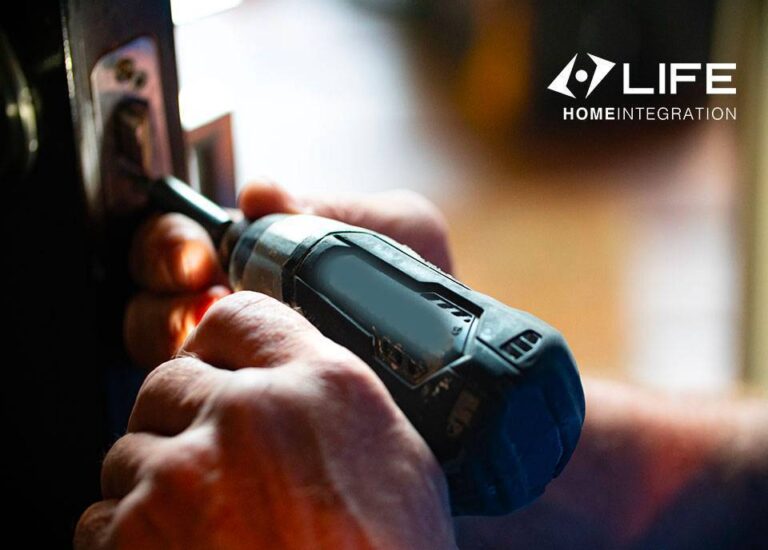How do you install an automatic gate?
How to install an automatic gate or garage door
Useful tips prior to the installation of an automatic gate or garage door
This article will be dealing with a topic that is as important as it is complex: the installation of an automation system for gates or garage doors.
Our aim is to provide a set of simple, useful and effective rules that can serve as a checklist for the person installing the automation units.
It is no coincidence that we use the word “installer”, because the workmanlike programming and installation of automation units for gates, entrance doors and garage doors that conform to all relevant safety standards should always be entrusted to a properly trained professional who is well acquainted with all the European Directives and Regulations regarding the safe usage of power-operated gates and doors.
It should be noted that: “anyone who sells and powers an existing manual door/gate becomes the manufacturer of the power-operated gate or door” and therefore must strictly abide by the regulations on the matter (reference: Machinery Directive 2006/42/EC).
All the various steps for the proper installation of an automation system for gates or garage doors
Before we start, we would like to point out that these rules were obviously established first and foremost for the installation of LIFE motors.
- Before we look at the more technical aspects, the first factor to consider has to do with the expectations and requirements of the end customer.
What do we mean by that?
A careful assessment should be made of the intended use (intensive use of the gate/door, number of times that the automation unit is likely to be opened or closed based on the installation site), the expected safety level (for instance, in the case of children additional precautions should be taken), the budget and the overall aesthetic solutions desired by the customer.
- Once these factors have been taken into consideration, we need to assess the following aspects and decide what kind of installation will be most effective: the structure of the gate/door, the presence of mechanical limit switches and the outcome of a dimensional check on the structure, the spaces, overall dimensions and the areas to be protected.
- Climate is another factor that should not be underestimated. Installation in areas that are particularly wet or snowy or subject by strong winds or extreme temperatures may require specific solutions. One important example: the software of the LIFE control unit guarantees that the automation unit’s motor will run effectively even in the event of exceptionally low temperatures.
- At this point, we are ready to choose the type of automation unit: the model, version (230 V or 24 V), accessories and safety devices.
- The next step is the actual installation, starting with the mechanical part which should include the following steps:
assessment of the type of fastening (to make sure it is suitable for the structure), practical testing to make sure that the gate moves completely and properly, mechanical attachment of the gearmotors and adjustment of the limit switches. Last but not least, checks should be run to ensure that the gate moves properly and that the manual release mechanism works efficiently.
- After mechanical checks have been run, the strokes must be programmed following the order set out in the DL LIFE control unit manual; make sure that the first manoeuvre is always a closing movement and that the first operational check is run when it is finished. We recommend programming the gate before any accessories are connected (photocells, selectors, buttons, safety edges, etc.).
- Once the control unit has been programmed, the safety accessories can be connected (including those which control the interruption, closing, stop and start, and the photocells). At this stage, all the accessories for signalling and blocking the door leaves for swing gates can also be connected.
- Once the electrical connections have been made, it is important to check that all the accessories work properly and to simulate a power failure in all possible situations (open, closed, moving gate, etc.).
- The last step requires setting up the remote controls (although, if the gate is programmed manually, it is important that at least one remote control is set up from the start and not only at this stage) and adjusting the automatic re-closing time, force and sensitivity. All these operations are extremely quick and easy thanks to the Digital LIFE control unit, the first and only control unit that can be programmed in only one minute by simply touching the keypad.
- The installer must then provide the end customer with the documents and certificates specified in the applicable laws and regulations.
LIFE also stands apart for the direct relationship and continuous hands-on support offered to installers. Our aim is to make sure that everyone can fully appreciate the advantages and benefits of our products and the LIFE approach, intended as attention to premium quality and comprehensive customer care.

